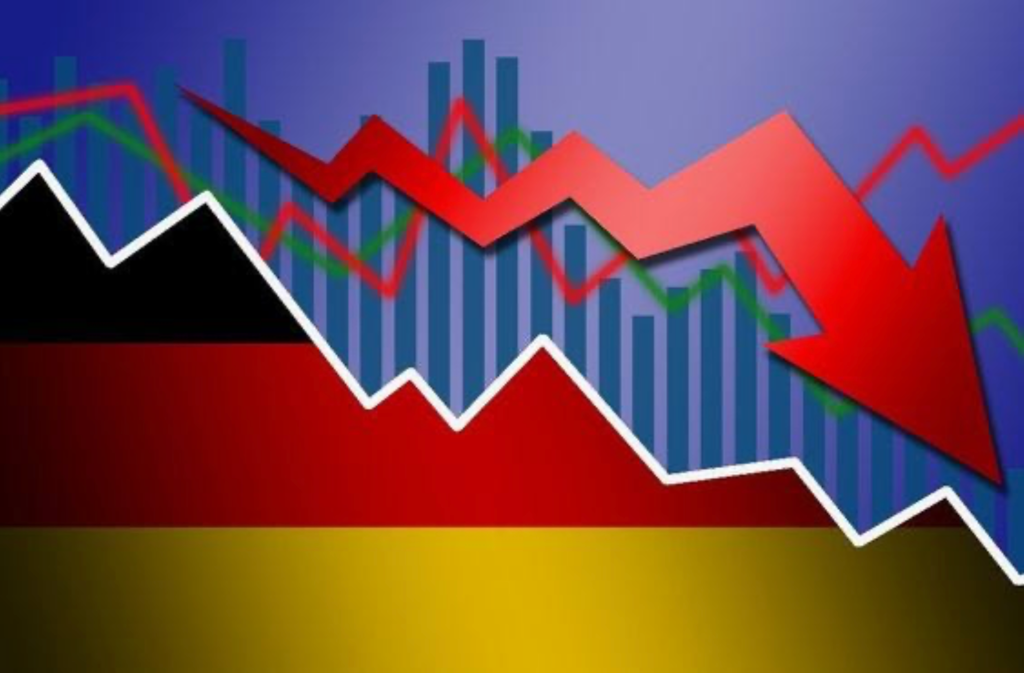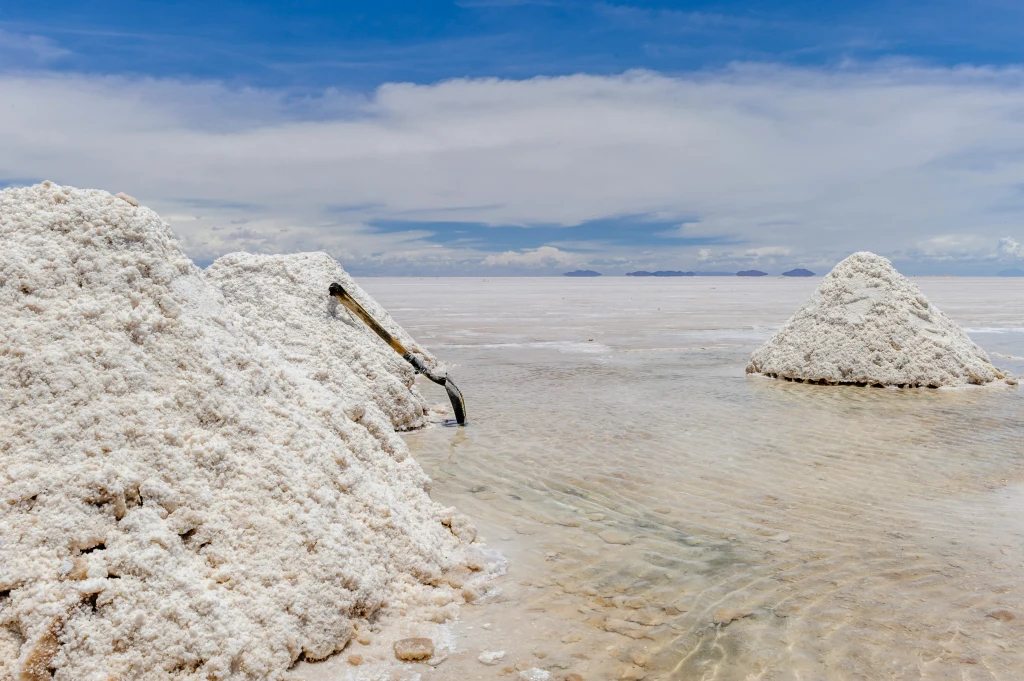Image source
By Alexis Loh
In the decades following the Second World War, the international economy was flooded by a wave of new players—former colonies set free from weakened European powers. From these entrants, 4 countries stood out and enjoyed an economic boom overshadowing others. They came to be known as the four Asian Tigers: Hong Kong, Singapore, South Korea and Taiwan.
From the 1960s to the 1990s, these four economies experienced exponential levels of economic growth, and served as models for other developing nations to follow. However, these high levels of growth happened while each state was under heavy-handed authoritarian policies. Autocracy and capitalism may seem mutually exclusive, especially from the conventional liberal perspective. Yet, a closer examination of how they interact provides invaluable insights into developmental economics. In some senses, autocracy is not antithetical to capitalism—in fact, it may be one of the best catalysts for it.
Case Study 1: Taiwan
Vibrant and innovative Taiwan, officially known as the Republic of China, has the 22nd largest GDP in the world. With a world-class semiconductor industry and state of the art incubators, Taiwan has carved a position for itself in the global market that has not been easily challenged.Yet Taiwan’s success belies its complex and troubled history. In the past centuries, Taiwan has been occupied by foreign nations. In 1912, the Qing Dynasty was overthrown and the Republic of China (ROC) was declared in Mainland China, led by Chiang Kai-shek of the Kuomintang Party (KMT). In 1927, the Chinese Communist Party (CCP) declared a civil war against the KMT for dominion over the mainland. This culminated in the ousting of the KMT in 1949, which fled to Taiwan to establish their own government. The ROC government has since claimed Taiwan as an independent country – a claim which the CCP and the international community has not recognised to date.
For forty years, Taiwan lived under the iron grip of its leader Chiang Kai-shek and his son Chiang Ching-kuo. The forty years between 1945 and 1987 are known as the “White Terror”, a period when Taiwan lived under martial law and the ruling KMT government imprisoned, tortured and executed thousands of political dissidents. However, this oppressive political landscape was coupled with flourishing economic growth that uplifted the population from poverty, and Chiang has since been remembered simultaneously as a national hero and as a reviled despot.
The Taiwanese (Economic) Miracle

In 1949, the KMT government was faced with a rapidly growing population and an agricultural output that was half of its 1939 levels. Thus, their first objective was the reformation of its agricultural sector with a focus on equity. Together with improvements in agricultural technology, these land reform policies grew Taiwan’s agricultural output by 4.3% a year.
As Taiwan’s agricultural sector grew steadily, the government then turned to export growth to create value in the economy. Despite global pessimism towards exports as a key driver of growth, Taiwan nevertheless sought to leverage it to fuel its economy. It has been credited by some researchers as one of the first developing economy to adopt an export-oriented trade strategy in 1958. The effect was threefold: the inflow of foreign currency further helped to improve Taiwan’s balance of payments position, the demand for local capital increased, and there were high rates of technological transfer to local firms.
Unlike Japan or South Korea which were dominated by massive conglomerates, the main players in Taiwan’s economy were—and still are—small and medium enterprises (SMEs). The Taiwanese government also supported SME growth, filling in traditional pitfalls such as lack of access to capital, and inability to conduct R&D through infrastructure through initiatives like the Hsinchu Science Park, which became (and remains) one of the biggest semiconductor manufacturing hubs in the world.
Throughout the decades of Taiwan’s economic development, the common factor has always been high levels of government control. Of course, there were favourable external factors supporting the economy, such as generous U.S. aid and a friendly Japanese market. But without strong and level-headed intervention from the Taiwanese government, the pace of development would likely have been muted. And though a government-led economy is certainly something many developing economies share, Taiwan’s unique political situation and history has allowed it to thrive in a way many other markets had failed to do.
The Taiwanese (Political) Miracle
A unique factor of Taiwan’s history is its period of Japanese colonisation from 1895 to 1945, which had a long lasting impact in many ways. During the colonial period, local Taiwanese citizens were denied political representation and Taiwanese land was exploited for agriculture, primarily sugar production. To facilitate exports, the Japanese colonial government invested resources in improving transport, sanitation and education. Unlike their presence in mainland China and the Korean peninsula, the Japanese were harsh but not brutal in their administration of Taiwan, and their ability to improve the economy with a firm hand was generally admired there. Some scholars have even credited Japanese colonialism as making Taiwan more accepting of Chiang Kai-shek’s authoritarian government by conditioning them to such political suppression.
While Chiang’s government certainly quashed political dissent and marginalised aboriginal minorities, it was nevertheless egalitarian and relatively free of corruption—factors that are still rare in developing economies. The Taiwanese government took on the responsibility of directly intervening in the economy in order to solve systemic failures, awarding grants based on merit rather than personal connections.
Despite the long-term economic success and political stability that the authoritarian Taiwanese government enjoyed, something astonishing happened on July 15, 1987: Chiang Ching-kuo, son of Chiang Kai-shek, ended Taiwan’s 38-year long martial law. Though such a move was phenomenal, Taiwan still struggled with accepting democracy, and it was only in 1996 that Taiwan held its first multi-party democratic presidential election. As democracy swept through other developing nations, Chiang was forced to liberate Taiwan in a bid to gain greater legitimacy, especially when contrasted with mainland China. What made Taiwan’s transition to democracy all the more notable was its ability to consolidate and then sustain it. Taiwan stands out today as one of only four consolidated democracies in Asia, a status it shares with India, Japan, and South Korea.
Therein lies a dilemma, one that is inevitable for developing countries: while an authoritarian government curbs civil liberties, their complete control of the economy, if executed correctly, can also lead to a rapid material improvement of lives. The case study of Taiwan certainly sheds light on the practical benefits of autocracy, but it also shows an important alternative: with enough time and the right circumstances, an authoritarian government could potentially transition to democracy with relatively few hurdles. □






Leave a comment